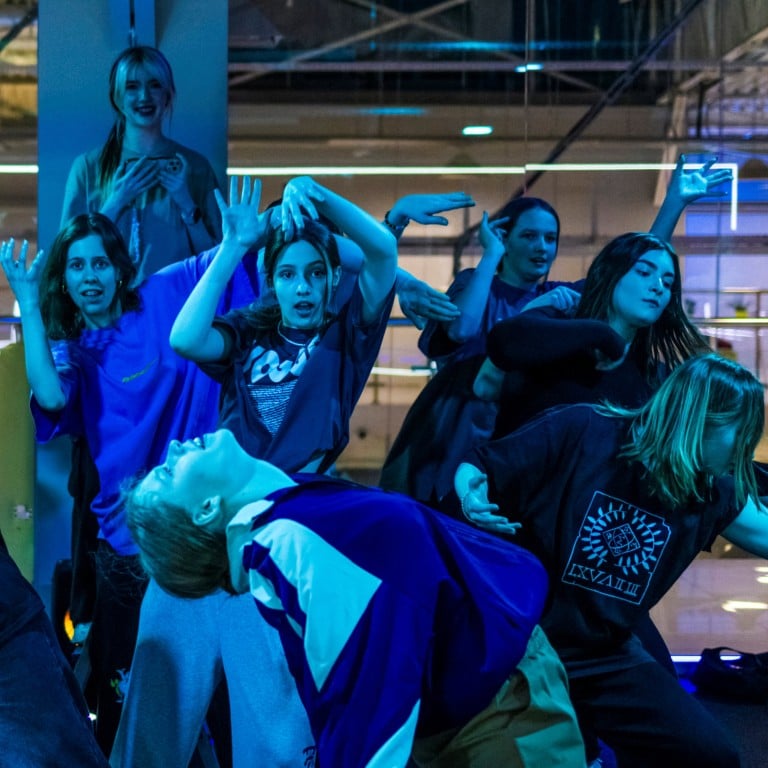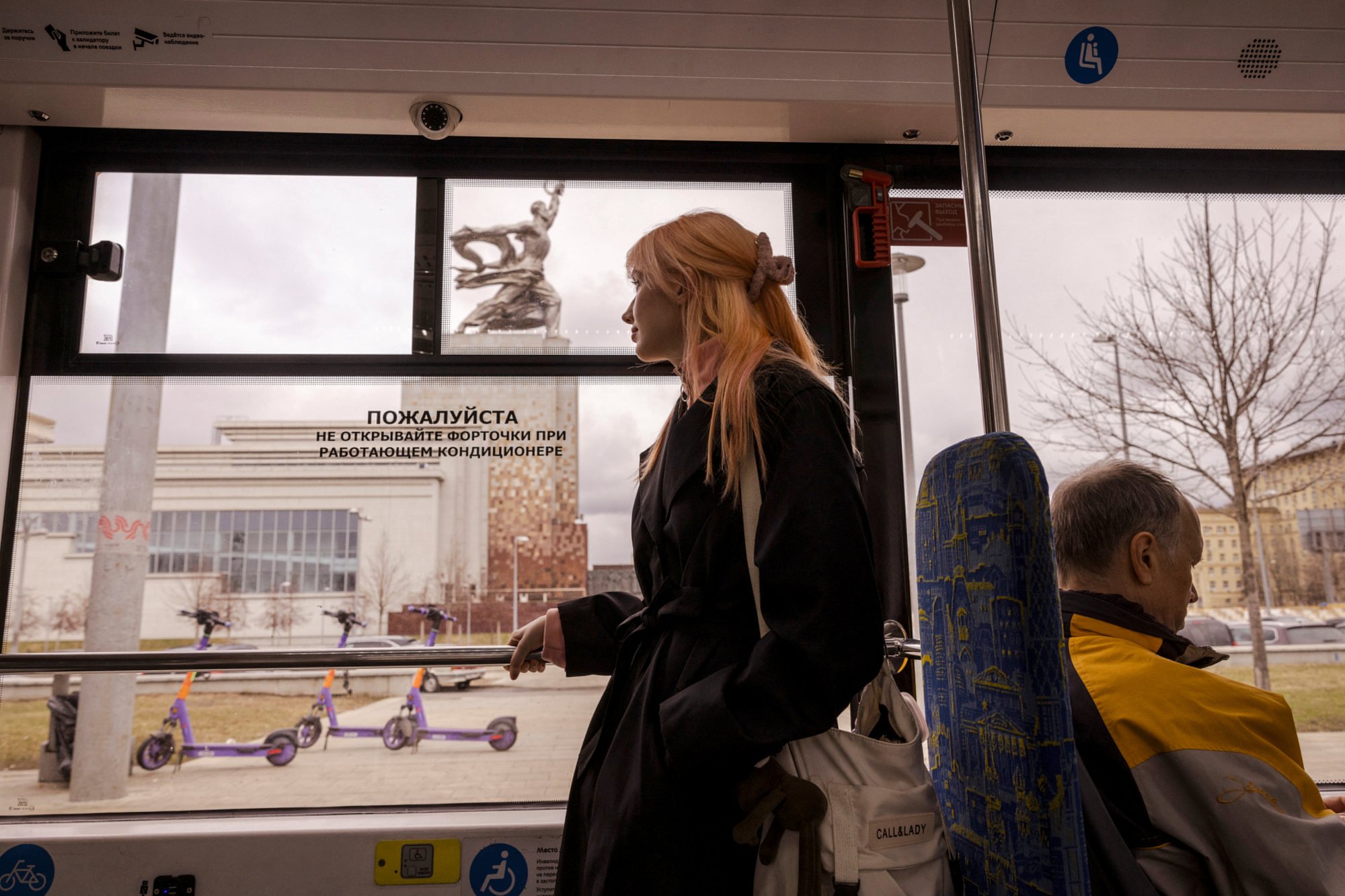
Russian teens ‘into Asia’ dance to K-pop, watch anime as culture boom gains ‘momentum’
- Sanctions have made it harder to access Western films and music, so younger Russians are turning to South Korea, and Japan for entertainment
- More than 1,000 cosplayers dressed in purple wigs and traditional kimonos and brandishing fake swords turned up at a festival last November in Moscow
Russian fans no longer have to travel to Japan to attend an anime festival.

More than 1,000 cosplayers dressed in purple wigs and traditional kimonos and brandishing fake swords turned up at a festival last November in Moscow, roaming the stalls of local vendors to purchase trinkets from their favourite Japanese animations.
Marakshina’s K-pop dance school, GSS Studio, started in 2016 with only two groups practising in halls rented by the hour.
It now has thousands of students practising in three big studios in Moscow, and more in other cities.
All the teenagers I talk to are into Asia. K-pop is everywhere now, and it’s only gaining momentum.
GSS also hosts large-scale events such as an annual student concert and a dance “battle” with prizes for winners, and even organises tours to South Korea for the biggest K-pop enthusiasts.
“All the teenagers I talk to are into Asia,” says Marakshina. “K-pop is everywhere now, and it’s only gaining momentum.”
Polina Ivanovskaya, a choreographer who has worked with GSS for over five years, recently led a class with more than a dozen young dancers in a Moscow studio, where a two-hour trial session costs 600 roubles (US$6.50).
“What I like about this [dance] trend is that you dance as a whole group,” she says. “You feel the togetherness of a group of people.”

The 22-year-old says the studio has experienced a boom in interest as the music and dance style becomes more visible in Russia.
“It’s gotten so widespread because a lot of K-poppers started going out on the street to film [music videos],” Ivanovskaya says.
Several mesmerised school-age girls looked on as eight female dancers mouthed along to girl group MiSaMo’s “Do not touch” during a video shoot held in the food plaza of a Moscow shopping centre in January.
Another K-pop dancer, Madina, recently shot a music video in an empty parking garage with four other members of the group Snaky, the troupe clad in workmen’s beige boiler suit.
Dancing connects her to “the inner life of the idols”, Madina says during a break from shooting, referring to K-pop stars. “It’s like you’re part of this community.”

